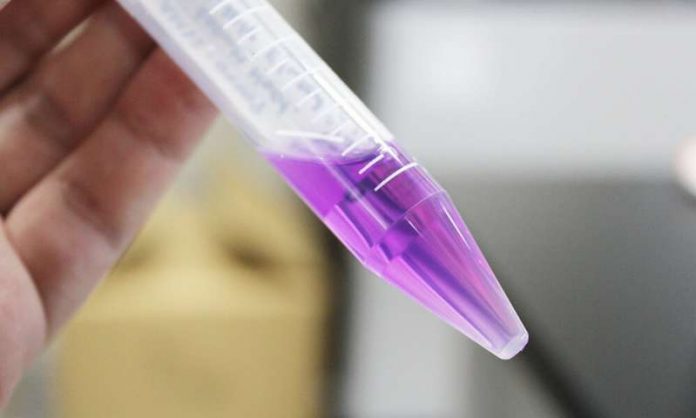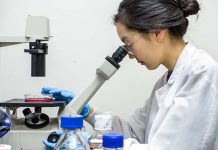Researchers investigated the group of microorganisms classified as Asgard archaea, and found a protein in their membrane which acts as a miniature light-activated pump. The schizorhodopsin protein draws protons into the organisms’ body. This research could lead to new biomolecular tools to control the pH in cells or microorganisms, and possibly more.
Asgard archaea are relatively new to science, but they are ancient and important to us in more ways than one. They are single-celled organisms and were originally found at the bottom of the ocean. Asgard archaea are what are known as a prokaryote, they do not have a cell nucleus, yet despite this, they are genetically close to single-celled organisms called eukaryotes which do contain a cell nucleus. They are like a modern analogue of an ancient common ancestor.
The race is on to investigate these small but significant organisms. Associate Professor Keiichi Inoue from the Institute for Solid State Physics at the University of Tokyo, Professor Hideki Kandori from Nagoya Institute of Technology and their team chose to study a feature of Asgard archaea that although not unique to them, is especially interesting in their case, and that is light-sensitive or photoreceptive proteins called rhodopsins. The organisms live at the bottom of oceans and lakes so it’s surprising they need any kind of sensitivity to light.
“We explored the molecular function of special rhodopsins in Asgard archaea called schizorhodopsins and found that they acted as light-activated microscopic pumps,” explained Inoue. “Schizorhodopsin uses sunlight energy to take up a proton into the cell along a pathway inside the protein. Many prokaryotes such as bacteria and other archaea use rhodopsins to pump protons out, but we find this newly characterized form in Asgard archaea particularly interesting.”
As the scale this function occurs on is nanoscopic, sophisticated measurement techniques with high sensitivity and high temporal resolution were required. Inoue, Kandori and their team used a method called laser flash photolysis which uses pulsed laser light to stimulate reactions. Color change in the protein affected by laser light was monitored by sensitive sensors. These detected the presence and nature of the short-lived activation of schizorhodopsin.
“These findings will help us better understand proton and other ion transport mechanisms. In addition, schizorhodopsin could be made into a useful molecular tool for researchers,” commented Inoue. “For example in optogenetics, which is a new methodology to control various cellular phenomena with light. Schizorhodopsins could also be used to control the pH inside cells or microorganisms with light, as pH can be altered by changing the proton concentration.”





